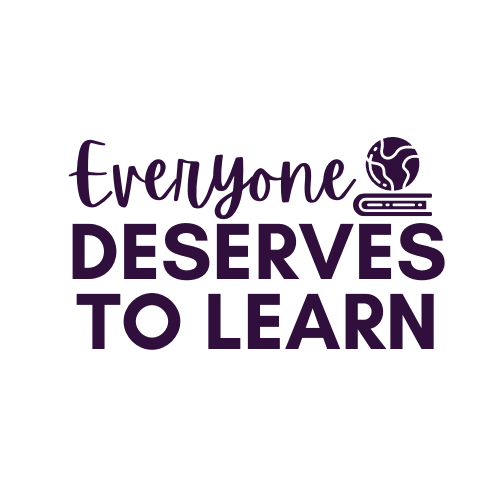The Priority Standards Cycle
One of my first tasks as a new Supervisor was to unravel a tangled web. A parent emailed the school in late June, wondering why the math portion of their child’s standards-based report card was mostly blank for the fourth quarter. When the principal called the teacher to inquire about the blank boxes next to the math indicators on our standards-based report card, she replied, “Well, I didn’t teach those lessons!” And so, my work began.
The first thing I did was cross-reference the school report card with the school-approved math curriculum. In doing so, I realized that the lessons in the textbook did not match the curriculum, and the curriculum document was not reflected in the report card indicators. Next, I lined up the math curriculum with the NJ Student Learning Standards in math, only to learn that while the textbook aligned itself decently with the NJSLS, our curriculum and report card did not! This caused the lessons taught in the 4th quarter to not match the indicators on the report card. Problem solved, right? Well…if you’ll excuse my Rocky Horror quote: we removed the cause, but not the symptom. Without a major overhaul, we’d be back on the same troubling path.
I had been reading and learning about priority standards and knew that it was the right move for our district. If you’re new to priority standards, this school district has a really easy-to understand definition of both priority standards and standards based education. With the help of a committee, we selected priority standards for each grade level and content area. Once those were selected, I updated our report card to reflect those instructional priorities. Next up was revising our assessment practices to develop a true understanding of a child’s journey to mastery. And as my friend, Dr. Dave Schmittou, says, “Assessment should be a series of events, each leading to the next moment of improvement.”
For the 20-21 school year, K-2 developed rubrics for each priority standard, and assessed their priority standards by rubric. It was a bumpy road, especially as we navigated hybrid and remote instruction. Some of the priority standards that were initially chosen ended up being revised in the middle of the school year, based on student needs. By the end of the year, the teachers in K-2 and 3-5 identified priority standards for the 21-22 school year, based on the lessons they had learned in the first year of implementation. Over the summer of 2021, I wrote rubrics for all of the priority standards in K-5, for all content areas. If you’re considering starting the priority standards cycle, know that there is a lot of work ahead of you to get started!
Once 21-22 kicks into gear, my role in this journey should be more strategic than operational. K-2 has had a year under their belts, but 3-5 will be using a standards-based report card for the first time. Throughout the year, we’ll make small revisions to standards and rubrics if and as needed. I’ll guide teachers through unpacking the standards to create learning targets, and help assess their students’ journey to mastery. At the end of 21-22, each grade level will re-evaluate their priority standards and rubrics, and revise for the 22-23 school year. The cycle continues- I’ll let you know how it goes!
